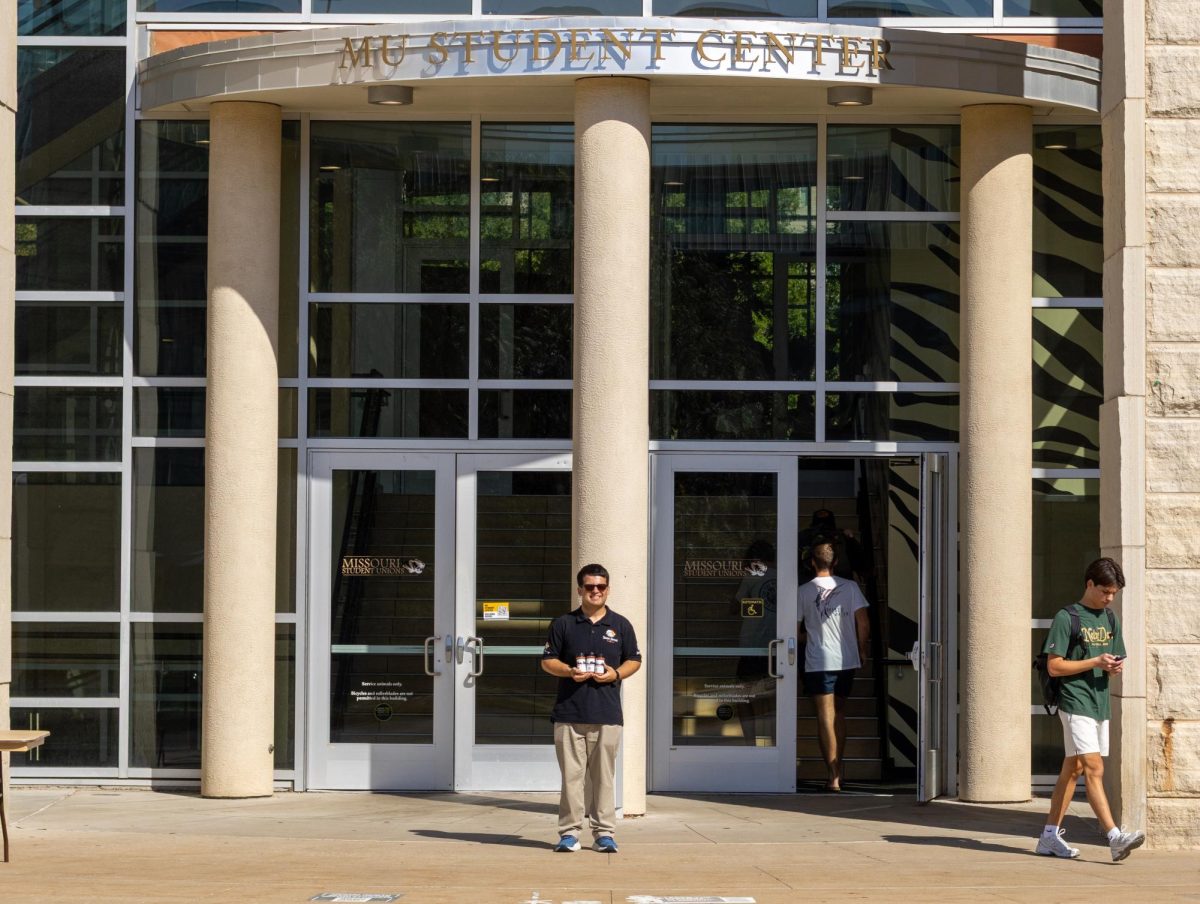The Met Gala is my Super Bowl.
Formally referred to as the Costume Institute Gala, the event celebrates the opening of the Met’s annual fashion exhibition. I’ve been obsessed for as long as I can remember. As a child, I used my mom’s copies of People Magazine as coloring books, drawing scribble designs over glamour shots of Nicole Kidman posed on the infamous Metropolitan Museum of Art steps. In junior high, I pored over photo slideshows on TMZ, analyzing every bead and sequin to determine which dress was best. In high school, I went so far as to live-tweet the red carpet from my bedroom, living for Emma Stone’s two-tone gown.
As my love of the star-studded event has evolved, it’s sparked a love of unadulterated, whimsical and dramatic fashion. The theme, an annual tradition, is set to correspond with the exhibit, with past themes revolving around everything from Jackie Kennedy to superheroes.
Part of the excitement and grandeur of this event is the celebration of the theme. It, quite literally, is a giant costume party — as previously mentioned, “costume” is the first word in the event’s formal title. The older I’ve gotten, the more I’ve come to appreciate the specificity and importance of the theme.
As it relates to the opening of the annual costume-related exhibit, this theme not only pays homage to fashion but to fashion as an artform. Fashion is often seen as something superficial and lesser than traditional art. In a credible art museum, dedicating an installation to fashion and costuming is a bold and empowering recognition of fashion’s place in the artistic realm.
Furthermore, the exhibit often supports a designer or a design aesthetic. Designers such as Alexander McQueen and Christian Dior have been the singular subject of the entire exhibit. This gives credit to hardworking creatives and artists that have paved the way in a challenging and highly competitive industry.
In recent years, the theme has become less prevalent and has been effectively pushed out of the spotlight. Instead, the Gala has become more of a celebrity spectacle. While I love seeing my favorite stars dressed in beautiful gowns, tuxedos or innovative fashion pieces, I struggle with this departure from the initial intention behind the event.
For example, the most recent Gala’s theme was “Rei Kawakubo/Comme des Garçons: Art of the In-Between”. Kawakubo is the famous designer and founder of the fashion label Comme des Garçons, and she draws heavily from her experience growing up in Tokyo when creating pieces, developing a strong aesthetic visible in her work.
This extremely specific theme was deeply ignored by Met Gala attendees this year. Bella Hadid wore a glittery body suit. Blake Lively donned a lovely Versace gown. Despite the beauty of these ensembles, the lack of even attempting to follow the theme felt disheartening. Hadid is a model — isn’t it a part of her job to be attentive and appreciate fashion design? Shouldn’t this special night be more about Kawakubo and the Met than it is about celebrities wearing expensive clothing?
Thankfully, there are some stars that followed the unofficial dress code. Rihanna, a loyal follower of Met Gala themes, wore an actual Comme des Garçons gown. Likewise, Tracee Ellis Ross came through, also wearing a Kawakubo design. These stars demonstrate that it really isn’t difficult to follow the theme — especially when it’s honoring a specific designer.
The movement away from following the theme could also be due to Anna Wintour, editor-in-chief of Vogue Magazine, holding the position of chairwoman for the event since 1995. Vogue itself has moved in a more celebrity-influenced direction, and Wintour often looks to emerging celebrities for inspiration, such as Amy Schumer and Gigi Hadid. It’s not surprising that this event has grown and transformed into a night for stars rather than a night for fashion.
Paying homage to fashion is important. The Met Gala seeks to validate the industry for what it truly is: art. Hopefully, this appreciation will be realized and reinvigorated in the coming years.







